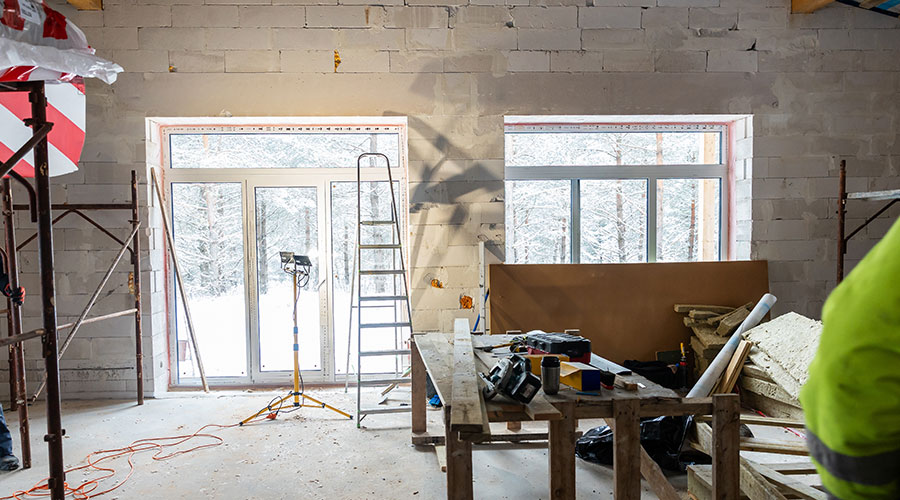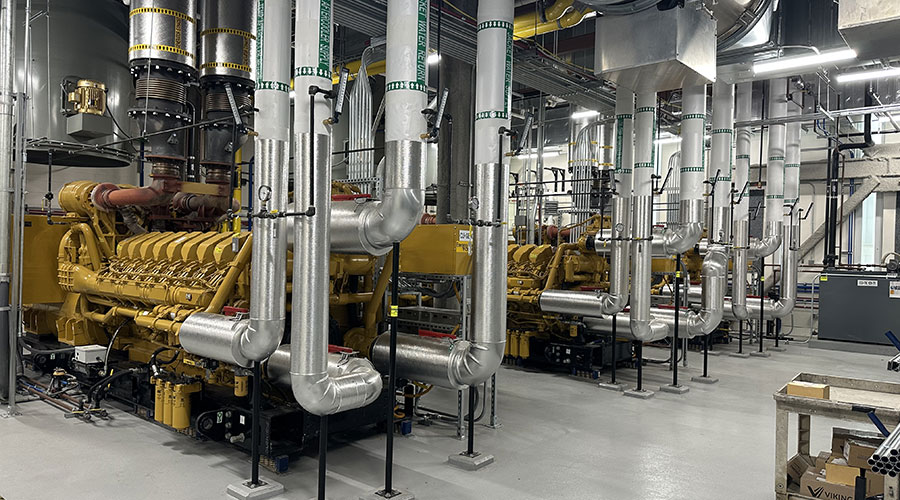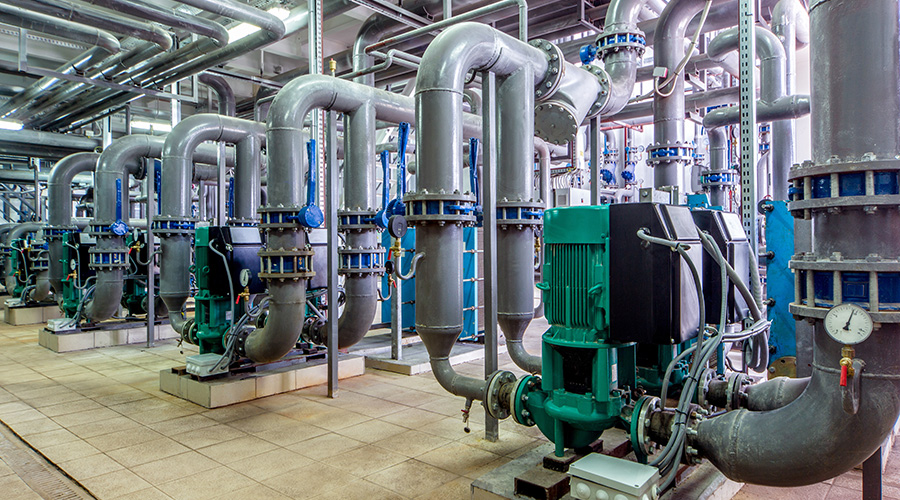AI in HVAC: Smarter Systems and Smoother Operations
HVAC manufacturers explore how AI and smart technologies are already reshaping management of these systems.
AI is becoming a powerful ally in the facilities maintenance department. Even though the HVAC industry is still in the early adoption stage with full-scale AI-driven systems, the tools of today are already having an impact. This is because they provide real-time data, help streamline workflows and flag issues before they turn serious.
In this manufacturer roundtable, Facility Maintenance Decisions spoke with HVAC manufacturers to explore how AI and smart technologies are transforming maintenance strategies.
FMD: How will AI help the maintenance department improve their management of HVAC systems?
“AI and smart controls are beginning to transform humidity management. While true AI-driven predictive analytics are still emerging in the HVAC industry, today’s smart controllers already provide real-time data on RH levels, system status and water quality, along with remote access and seamless integration with most building automation systems (BAS) through BACnet, Modbus or LonTalk. This ensures that facility managers can stay informed, respond quickly to issues and maintain optimal system performance.
Looking ahead, integrated dashboards that combine RH trends, energy consumption and water treatment metrics will further enhance visibility, giving facility teams the insights they need to optimize humidity control and overall HVAC efficiency.”
— Dave Schwaller, inside sales manager, DriSteem
“While the full potential of AI in HVAC maintenance is still unfolding, current applications show a lot of promise. Predictive maintenance platforms already use AI to monitor equipment conditions and flag anomalies before they become major problems.
Tools like ChatGPT and Grok are helping teams find technical documentation, troubleshooting steps, and best practices much more quickly than before. As AI continues to evolve, we expect it to play a larger role in optimizing maintenance schedules, automating diagnostics and reducing downtime through proactive alerts.”
— Kevin Cassidy, maintenance project manager, SSC Services for Education
“AI integration with connected facility maintenance solutions allows facility managers and service providers to monitor and optimize building systems in real time, leveraging data for smarter decision-making. For example, utilizing sensors and AI in a smart HVAC system can automate dynamic temperature adjustments based on occupancy rates. More broadly, AI insights can predict and alert facility managers to maintenance needs before downtime occurs.
Connected systems also support broader workforce development initiatives. AI-driven building controls and remote monitoring solutions act as workforce multipliers, accelerating onboarding for new technicians, while easing pressure from labor shortages. Additionally, structured digital workflows help eliminate duplicate efforts and improve service continuity during technician handoffs.”
— Buddy Saucier, VP, service operations/cross-domain harmonization, Johnson Controls
Jeff Wardon, Jr., is the assistant editor of the facilities market.
Related Topics:














